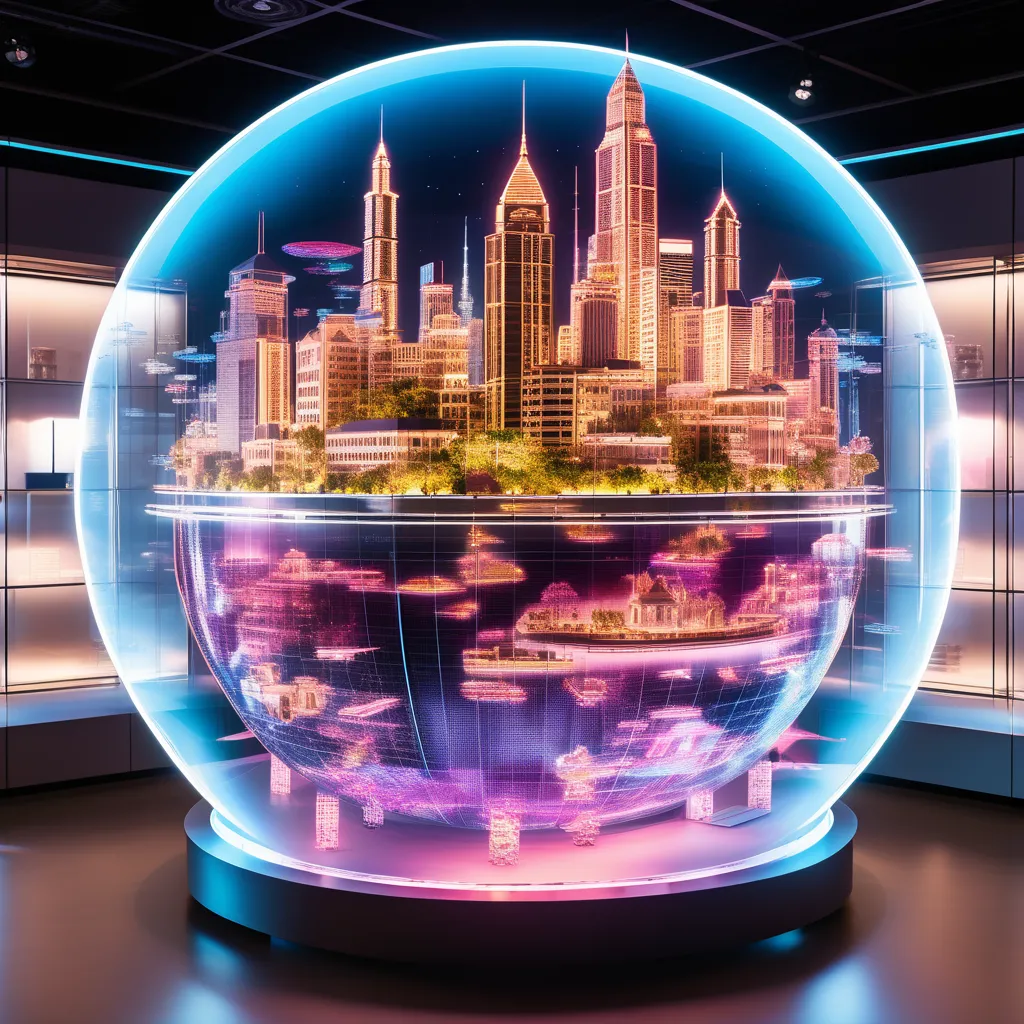World’s First True Holographic Display Unveiled
In a world where technology seems to advance at the speed of light, there are moments that make you sit up and take notice. The unveiling of the world's first true holographic display is one such moment. As someone who has always been captivated by the intersection of science and imagination, this breakthrough is nothing short of astonishing. Join me as we explore the world of holographic displays, the science behind them, and the potential they hold for changing the way we see and interact with the digital world.

A Vision of the Future
From the first time I watched Princess Leia's holographic message to Luke Skywalker in Star Wars, I was mesmerized by the idea of holograms. It was a glimpse into a future where technology could bring the digital world to life in ways we could only dream of.
Personal Connection
I'll never forget the sense of wonder I felt when I saw that holographic projection. It was like a window into a world of limitless possibilities.
The evolution of Holography
Holography, the science of creating three-dimensional images using light, has come a long way since its inception. Early holograms required complex setups and lasers, making them impractical for everyday use. But recent advancements have changed the game.
Personal Insight
I delved into the history of holography, from its beginnings as a niche scientific curiosity to its potential as a mainstream technology.
True Holographic Displays
The term "holographic" is often misused in the tech world. Many displays claim to be holographic when they're actually just 3D or have some hologram-like effects. But the world's first true holographic display is different.
Personal Anecdote
I followed the journey of a dedicated team of engineers and scientists who were working tirelessly to create a display that could produce genuine holographic images. Their passion and commitment were inspiring.
How It Works
The science behind true holographic displays is both fascinating and complex. Instead of projecting images onto a flat screen, these displays use lasers to create interference patterns that generate three-dimensional images that appear to float in space.
Personal Connection
I attempted to wrap my head around the intricate physics involved in creating holograms. It's a testament to human creativity and innovation.
Practical Applications
While the technology is still in its infancy, true holographic displays hold tremendous potential across various fields. From medical imaging and education to entertainment and design, the possibilities are limitless.
Personal Insight
I thought about the potential impact on education, where students could interact with lifelike 3D models, or in medicine, where doctors could visualize complex anatomical structures with unparalleled clarity.
A Glimpse into the Future
In conclusion, the world's first true holographic display is a testament to human ingenuity and our unrelenting pursuit of the seemingly impossible. It's a reminder that the future we once only dreamed of is becoming a reality before our eyes.
As we look ahead, it's crucial to support further research and development in this field and to envision the ways in which holographic displays could transform our lives. The digital world is about to get a whole lot more immersive and interactive.
So, brace yourself for a future where the line between the digital and physical worlds blurs, where holograms become a part of our everyday experience, and where the impossible is just another technological breakthrough waiting to happen.

No comments:
Post a Comment